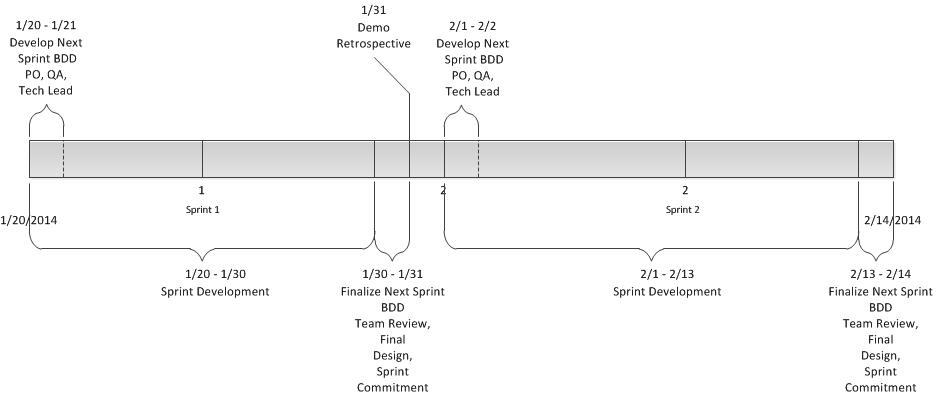My initial blog seemed to have some interest judging by the number of views it's received so I'm guessing that it's a topic that many are looking for input on. So I thought I'd provide some more thoughts as to what a PMOmight look like in an Agile organization. One of the key things that changes with a traditional Project managed organization is that they must change to one that is Product managed. What this means is that the organization changes the way that it funds its business by essentially providing Product Owners with Scrum teams that will deliver on their vision for their product. Given this paradigm, along with the creation of the Scrum Master role, the PMO and subsequent project managers are left outside looking in.
Managing Product driven teams means that you are managing towards outcomes that delivery value over projects that deliver features.
In my previous post I provided some suggestions as to what individual Project Managers could do to make themselves more valuable and productive to their teams.
In this post I will suggest a PMO structure that focuses on the Portfolio view and leaves the operational execution of the roadmap to the Scrum Teams and Product Owner.
For this structure to work the organization needs good Scrum Masters and preferable ones that aren't also individual contributors for their team.
The structure of the PMO will be lighter than you might think is right, but I'll argue that if you have the same number of Scrum Masters and Project Managers you will set up role confusion that will make your entire project management process cumbersome and less productive.
The PMO structure would look something like this:
I think one of the things that a PMO organization needs to be aware of is that their focus is not on control of projects and people but on how teams are performing.
With this structure you have a thinner level of Project Managers who are focused on Program level Product Management (PPM new acryonym anyone?). Your Project Management function becomes one of oversight of Scrum Masters and working closely with Program Managers in other Product groups who probably will have cross org dependencies. The Program Manager level in this structure is more about working to ensure that teams are working on the right things based upon the Product Roadmap and escalating when individual team priorities become out of line with the overal corporate product objectives.
What we want with a PMO is confidence and how we do that historically is to place controls, gateways and processes designed to show that teams are checking off boxes that we believe represent how a successful project should unfold (aka Project Governance)
How we do that in an Agile organization is to ensure that our teams we have a clear Product roadmap, that we are performing effective planning both in the areas of Product Discovery and Release Planning, that teams are provided time to review and estimate the work that they are being asked to commit to AND ensure that teams perform continual inspect and adapt cycles via Retrospectives.
If teams are allowed to form into solid high performing teams what you get from that is an organization that learns how to estimate accurately, which leads to consistent velocity which in turns leads to predictability....which is what we in the PMO (and Sr Management) are looking for, simple right?
What I learned years ago from my Project Management days is that Agile actually provides you with much more visibility and transparency about what is happening with your commitments, providing you as the stewards of the product an ability to have fact based conversations with stakeholders who rarely understand the complexity of what they are asking for.






